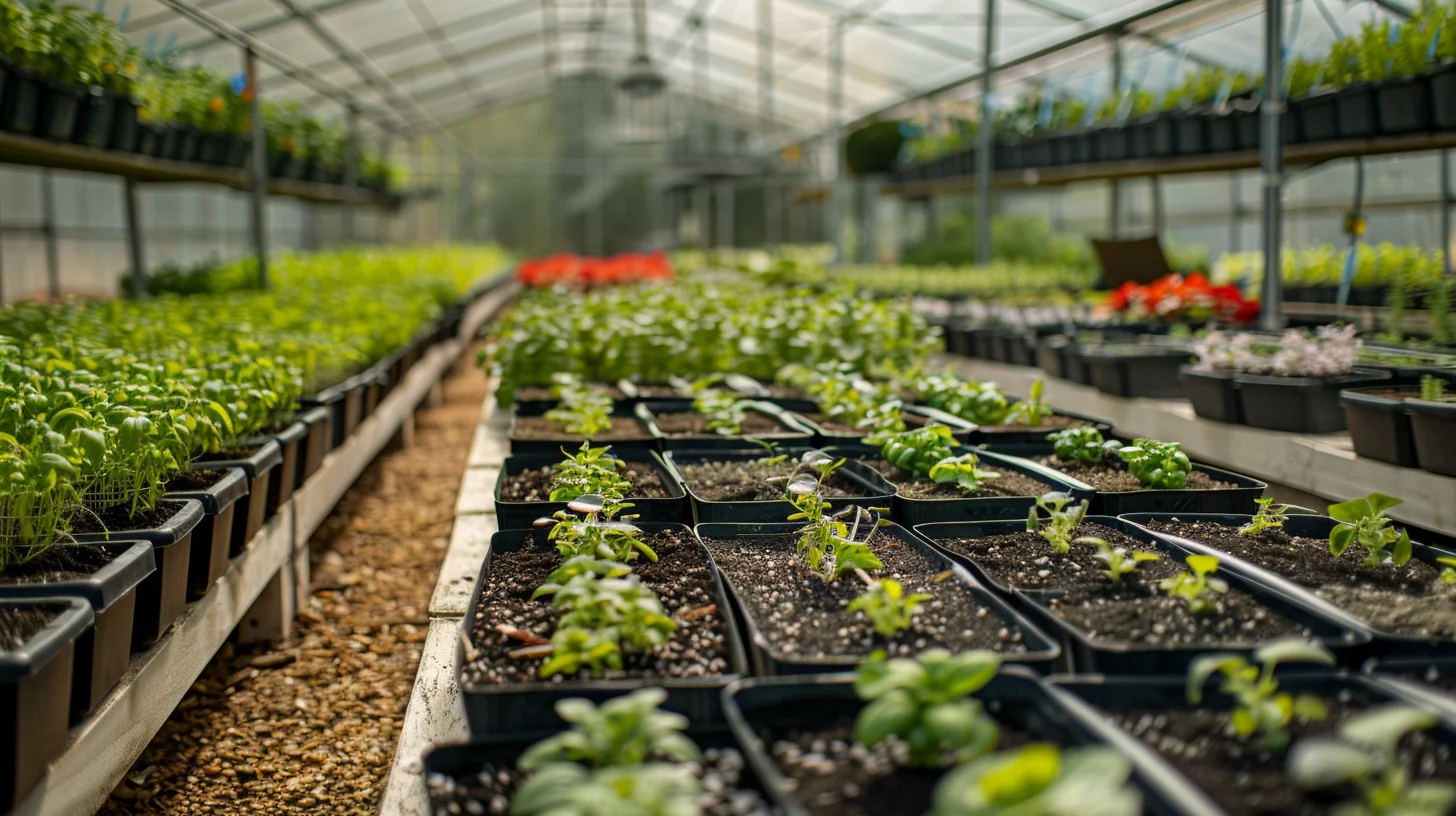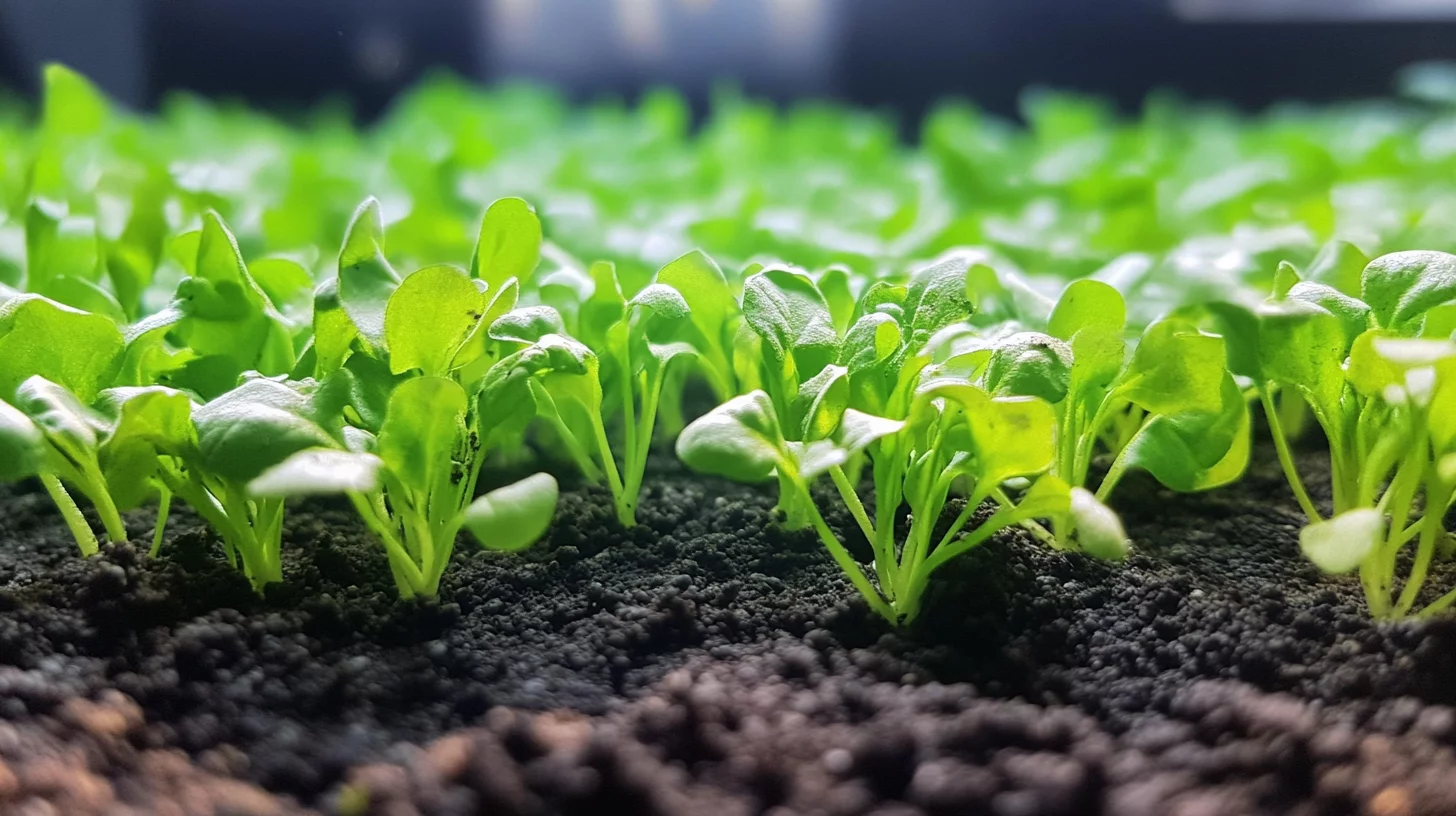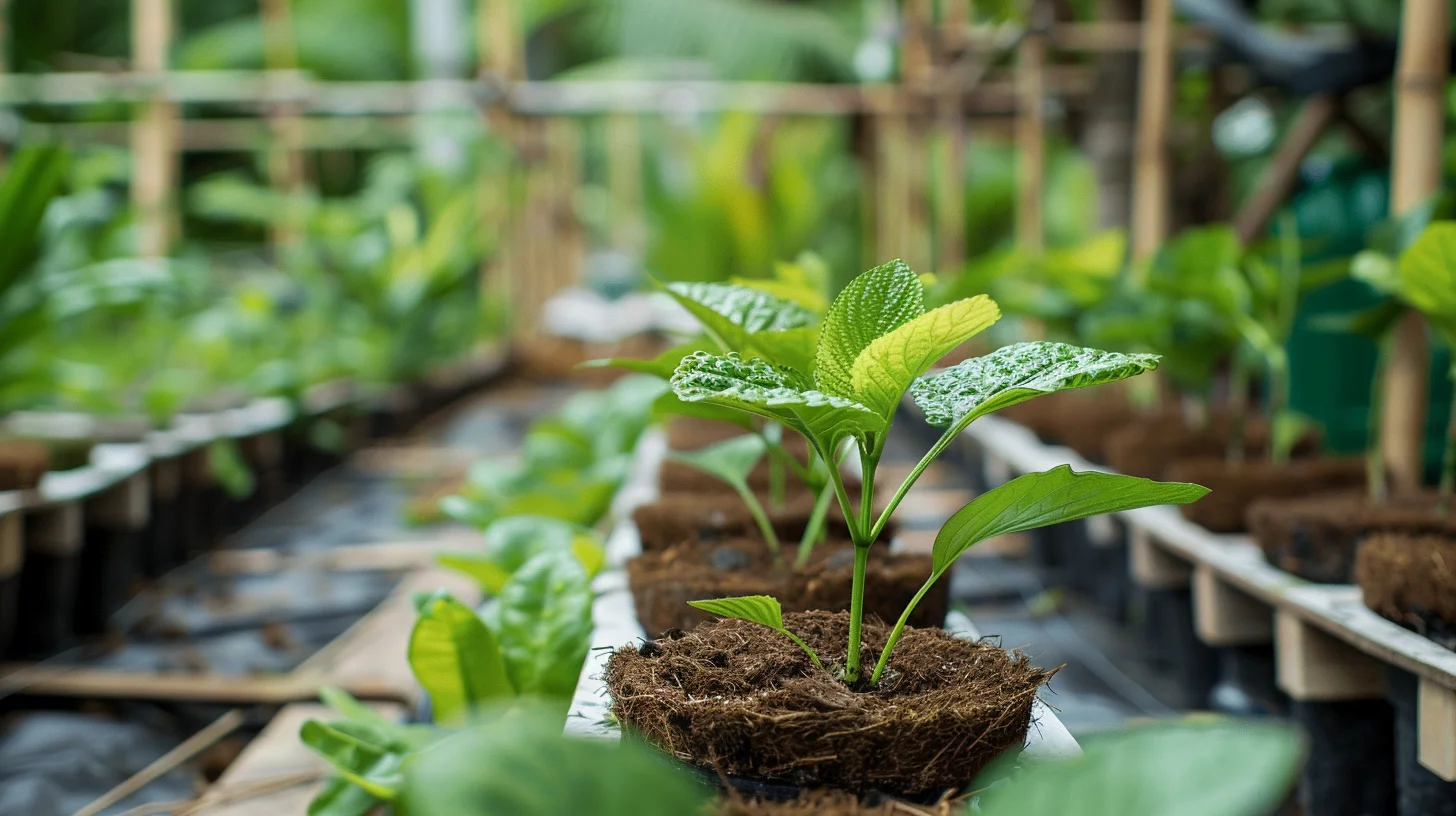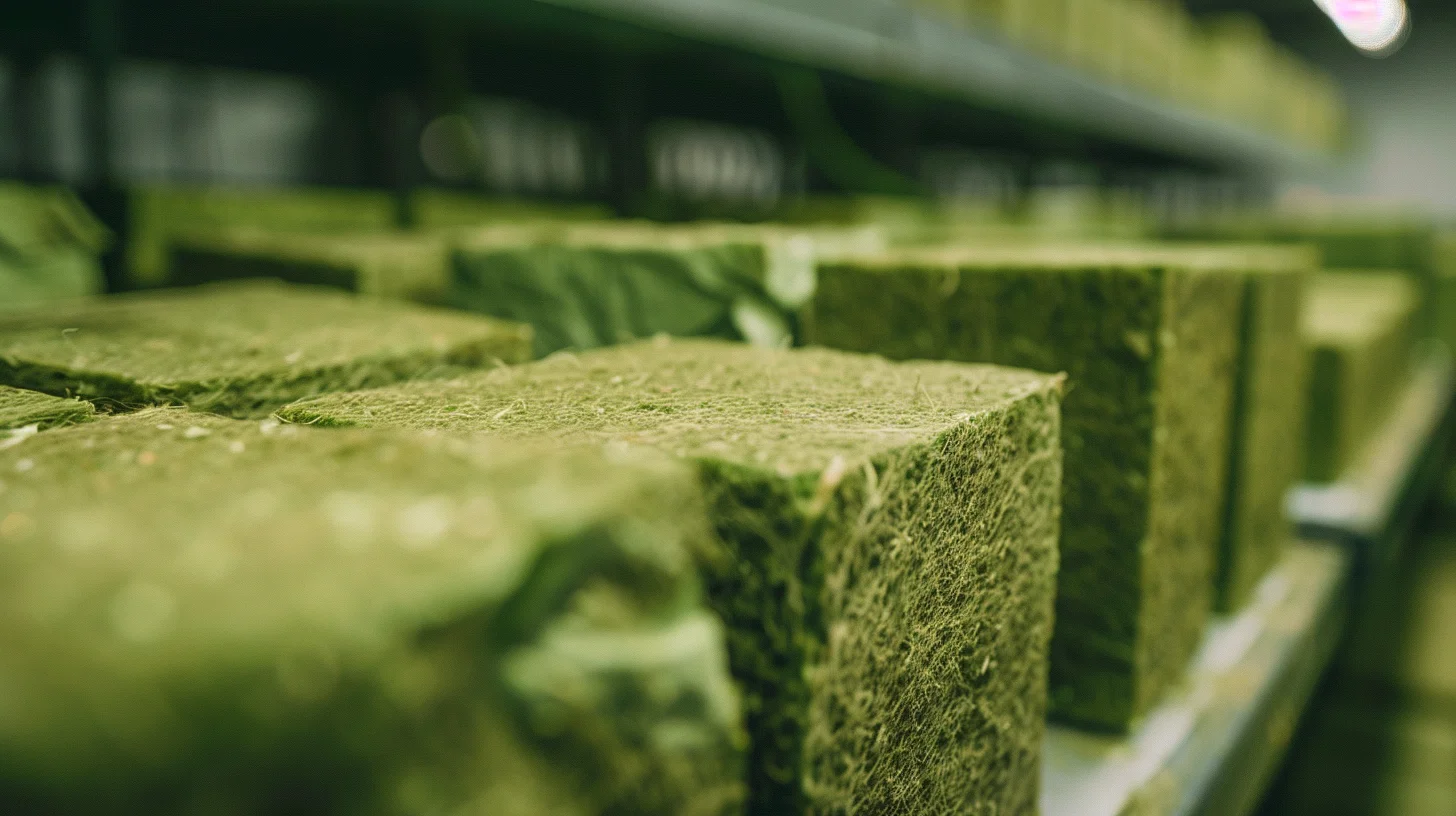Are you looking to start a hydroponic garden but feeling overwhelmed by the variety of growing media options available? Choosing the right growing medium is crucial for the success of your hydroponic setup. In this ultimate guide, we’ll dive deep into the world of hydroponic growing media, exploring the different types, their characteristics, and how to select the best one for your needs.
What is a Hydroponic Growing Medium?
A hydroponic growing medium is a substrate that supports plant roots and holds moisture in a soilless growing system. Unlike traditional soil-based gardening, hydroponic growing media do not provide nutrients to the plants. Instead, they serve as an anchor for the roots while allowing water and nutrient solution to flow through.
An ideal hydroponic growing medium should have the following key characteristics:
- Excellent moisture retention: The medium should hold enough water to keep the roots moist between irrigation cycles.
- Optimal aeration: Proper air flow is essential for healthy root development and preventing root rot.
- Neutral pH: The growing medium should not alter the pH of the nutrient solution significantly.
- Free of contaminants: The medium must be clean and free of pathogens that could harm the plants.
- Environmentally friendly: Sustainable and biodegradable options are increasingly popular among hydroponic growers.
Types of Hydroponic Growing Media
There are several popular types of growing media used in hydroponic systems, each with its unique properties and benefits.
1. Rockwool
Rockwool is a fibrous material made from spun molten basalt rock. It is known for its excellent moisture retention and is often used for seed starting and propagation. Rockwool comes in various shapes and sizes, including cubes, slabs, and plugs.
Pros:
- Holds water well
- Ideal for seed germination
- Sterile and inert
Cons:
- Not biodegradable
- Can be difficult to dispose of
- Requires pH adjustment before use
2. Coco Coir
Coco coir is a natural by-product of coconut processing. It is an eco-friendly and renewable growing medium that offers a great balance of water retention and aeration. Coco coir is available in loose fibers, compressed bricks, or pre-formed plugs.
Pros:
- Sustainable and biodegradable
- Excellent air-to-water ratio
- Naturally resistant to fungal growth
Cons:
- Can have high salt content
- May require buffering to stabilize pH
- Can be expensive compared to other options
3. Expanded Clay Pellets
Expanded clay pellets, also known as hydroton or LECA (Lightweight Expanded Clay Aggregate), are porous ceramic pellets made from heated clay. They provide excellent aeration for the roots and are reusable, making them a cost-effective choice.
Pros:
- Provides great aeration
- Reusable and long-lasting
- pH neutral and chemically inert
Cons:
- Can be heavy when wet
- May require frequent cleaning to prevent clogging
- Can be expensive upfront
4. Perlite
Perlite is a lightweight volcanic glass that has been heated until it expands into small, white granules. It is known for its excellent wicking action and is often mixed with other growing media to improve aeration and drainage.
Pros:
- Lightweight and well-draining
- Sterile and pH neutral
- Affordable and widely available
Cons:
- Does not retain water well on its own
- Can float in some hydroponic systems
- Dust can be irritating to the respiratory system
5. Vermiculite
Vermiculite is a mica mineral that has been expanded through heating. It has a high water-holding capacity and is best used for seed starting or mixed with other growing media. Avoid using vermiculite alone, as it can compact over time and limit root growth.
Pros:
- Holds moisture well
- Sterile and pH neutral
- Lightweight and easy to handle
Cons:
- Can compact easily, limiting aeration
- Not ideal as a standalone growing medium
- Can be expensive compared to other options
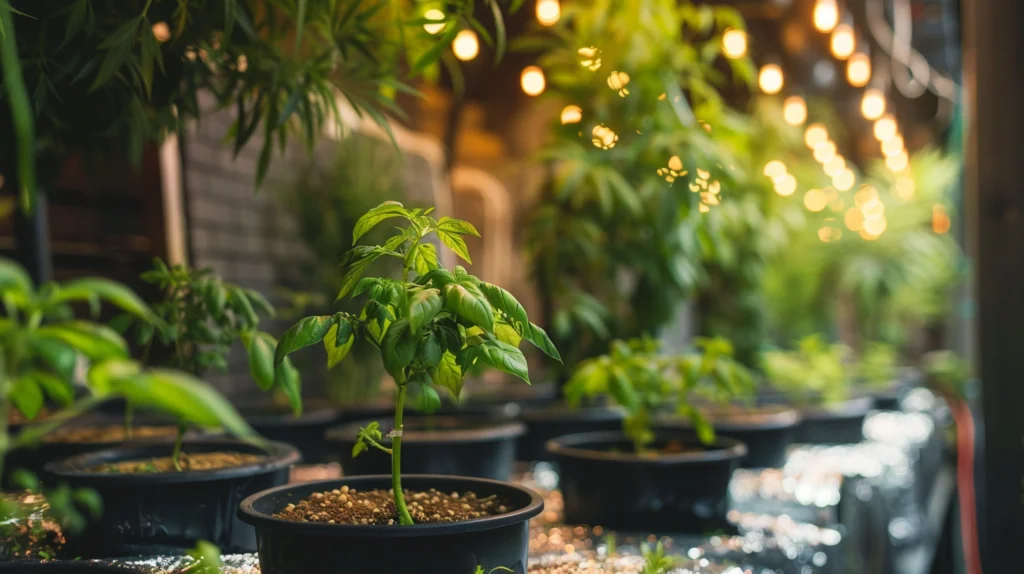
Factors to Consider When Choosing a Hydroponic Growing Medium
When selecting a growing medium for your hydroponic system, consider the following factors:
- Hydroponic System Type: Different hydroponic systems, such as drip, ebb and flow, or deep water culture, may require specific types of growing media for optimal performance.
- Crop Selection: Consider the growth habits and root structure of the plants you intend to grow. Some crops may prefer a more moisture-retentive medium, while others thrive in a well-aerated environment.
- Water Holding Capacity: Assess the water holding capacity needed for your specific plants and climate. In hot and dry conditions, a medium with better water retention may be preferable.
- Aeration Requirements: Ensure that the chosen medium provides adequate aeration for healthy root development. Plants with high oxygen demands may benefit from media with larger particle sizes or added perlite.
- pH Stability: Some growing media, like coco coir, may have a natural pH that requires adjustment. Consider the pH stability and buffering capacity of the medium to maintain optimal nutrient availability.
- Environmental Impact: If sustainability is a priority, opt for eco-friendly and biodegradable growing media like coco coir or renewable options like growstones made from recycled glass.
- Cost and Availability: Evaluate the cost and availability of the growing medium in your area. Some options may be more expensive upfront but can be reused, while others are more affordable but require frequent replacement.
Best Practices for Using Hydroponic Growing Media
To ensure the best results with your chosen hydroponic growing medium, follow these best practices:
- Proper Preparation: Before use, prepare the growing medium according to the manufacturer’s instructions. This may include pre-soaking rockwool, rinsing clay pellets, or buffering coco coir to stabilize the pH.
- Optimal Moisture Levels: Maintain the appropriate moisture level for your specific plants and growing medium. Avoid overwatering, which can lead to root rot, and ensure proper drainage to prevent waterlogging.
- pH Monitoring: Regularly monitor and adjust the pH of your nutrient solution to ensure optimal nutrient uptake. Some growing media may affect the pH more than others, so be prepared to make adjustments as needed.
- Appropriate Feeding Schedule: Implement a feeding schedule that meets the nutritional requirements of your plants. Consider the water holding capacity of your growing medium when determining the frequency and duration of irrigation cycles.
- Sterilization and Reuse: When possible, sterilize and reuse your growing medium to reduce waste and costs. Clay pellets and growstones can be easily cleaned and reused, while rockwool and coco coir may need to be replaced more frequently.
Troubleshooting Common Issues
Even with the best practices in place, issues can arise when using hydroponic growing media. Here are some common problems and how to address them:
- Algae Growth: Algae can thrive in moist environments with excess nutrients. To prevent algae growth, ensure proper drainage, maintain a clean system, and use opaque containers to limit light exposure.
- Poor Aeration and Compaction: If your growing medium becomes compacted, leading to poor aeration, consider mixing in additional perlite or expanded clay pellets to improve air flow. Regularly fluff or stir loose media to prevent compaction.
- pH Imbalances: If you notice pH fluctuations, first check the pH of your water source and nutrient solution. Adjust the pH as needed using pH up or down solutions. Some growing media, like coco coir, may require pre-treatment to stabilize the pH.
- Root Rot: Root rot is a common issue caused by overwatering or poor drainage. Ensure your growing medium has adequate aeration and avoid oversaturating the roots. If root rot occurs, remove affected plants, sterilize the system, and adjust your watering schedule.
- Nutrient Deficiencies: If plants show signs of nutrient deficiencies, check the pH and nutrient concentration of your solution. Ensure that the growing medium is not interfering with nutrient uptake and consider flushing the system to remove any buildup.
Hydroponic Growing Media Experiments and Innovations
As the hydroponic industry evolves, new growing media options and innovations continue to emerge. Some exciting developments include:
- Growstones: Made from recycled glass, growstones offer a sustainable and eco-friendly alternative to traditional growing media. They have a porous structure that provides excellent aeration and moisture retention.
- Carbon-Based Media: Carbon-based growing media, such as biochar or activated carbon, have gained attention for their ability to improve nutrient holding capacity and support beneficial microbial populations.
- Mixing Media: Experimenting with different combinations of growing media can help you find the perfect balance of water retention, aeration, and nutrient holding capacity for your specific plants and growing conditions.
- Rockwool Alternatives: As concerns about the environmental impact of rockwool rise, researchers are exploring alternative materials that offer similar benefits without the ecological drawbacks.
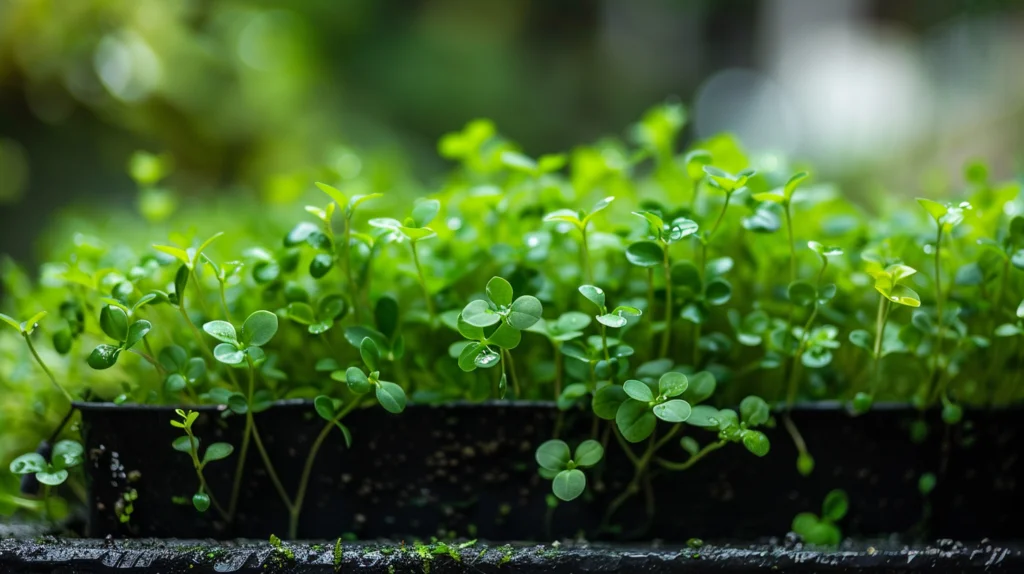
Case Study: Choosing the Right Growing Medium for Lettuce
Let’s consider a real-world example of selecting the best growing medium for a hydroponic lettuce operation.
Objective: To find a growing medium that supports rapid growth, maintains consistent moisture levels, and promotes a healthy root system for lettuce plants.
Considerations:
- Lettuce has a shallow root system and requires consistent moisture
- The growing medium should have good water retention and aeration
- The hydroponic system uses a deep water culture (DWC) setup
Evaluation of Options:
- Rockwool: While rockwool has excellent moisture retention, it may hold too much water for lettuce in a DWC system, potentially leading to root rot.
- Coco Coir: Coco coir provides a good balance of water retention and aeration, making it a suitable choice for lettuce. However, it may require frequent pH monitoring and adjustment.
- Expanded Clay Pellets: Clay pellets offer excellent aeration but may not retain enough moisture for lettuce’s shallow roots in a DWC system.
- Perlite: Perlite’s lightweight and well-draining properties make it an ideal choice for lettuce in a DWC setup. It can be mixed with a small amount of coco coir to improve moisture retention.
Recommendation: Based on the evaluation, a mixture of perlite and coco coir would be the best growing medium for hydroponic lettuce in a DWC system. This combination provides the necessary moisture retention and aeration while being lightweight and easy to manage.
“Choosing the right growing medium is like building a strong foundation for your hydroponic garden. It sets the stage for healthy plant growth and a bountiful harvest.” – John Smith, Hydroponic Expert
In conclusion, selecting the best growing medium for your hydroponic setup is a critical decision that impacts the health and productivity of your plants. By understanding the characteristics of different growing media, considering your specific needs, and following best practices, you can create an optimal environment for your hydroponic garden to thrive.
Remember, experimentation is key in finding the perfect growing medium for your unique setup. Don’t be afraid to try new combinations or explore innovative options to discover what works best for your plants.
Happy hydroponic gardening!
